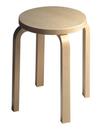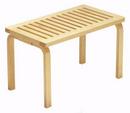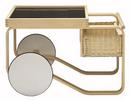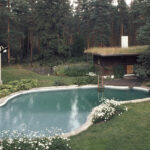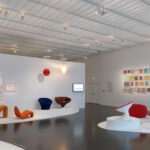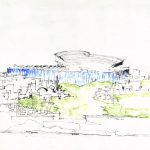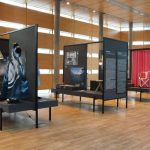5 New Architecture & Design Exhibitions for May 2024
As all around, certainly all around here in Europe, the world blossoms and blooms into life, as colour and variety and vitality abound, it's strange to remember that just a few short weeks ago everything was so barren, monochrome, desolate. Not least in...

























